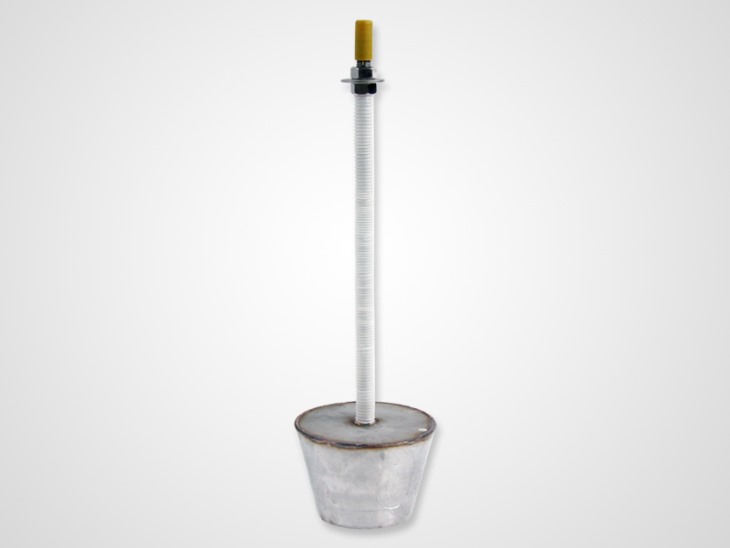The application of argon blowing technology at the bottom of the intermediate frequency furnace
Currently,middleFrequency furnace bottom blowing argongasRefining technology has been widely used in various out-of-furnace refining of steelmaking. Although its characteristics are different, the basic principles are still the same.
Blowing argon at the bottom of the intermediate frequency furnace reduces the gas and inclusions in the metal melt, thereby reducing the pinholes of the casting, improving the yield and improving the quality of the casting; making the temperature and composition of the melt (alloying elements and deoxidizers) uniform This is not only conducive to improving the quality of castings, but also conducive to improving the life of the furnace lining.
The improvement measures adopted for this purpose are:
1. Reasonable selection of breathable brick material and slit size
Select the appropriate refractory material to improve the heat resistance and steel and slag corrosion resistance of the breathable brick; the slit width is 0.1-0.2mm to meet the production requirements.
2, change the unreasonable brick type
Change the type of bottom-covered bricks, shorten the bottom-covered bricks from the common 100mm to 40mm, the upper-layer cover-bottom bricks from the common 200mm to 300mm, and use corundum around the breathable bricks. The upper layer is surrounded by bottom bricks, and the influence of cold and heat shrinkage is reduced.
3. Speed up the thermal turnover of the ladle
After the molten steel is poured, the pouring excess should be returned in time, and the bag should not be pressed as much as possible. The shorter the turnover time of the red envelope, the better, so that the ladle will be affected by the thermal stress caused by the rapid cooling and rapid heating.
4. Install a check valve to prevent negative pressure from sucking molten steel
Before the ladle is put into use, a check valve is installed on the tail pipe of the ventilating brick to ensure that after the quick connector of the metal hose is pulled out, the pipeline will not form a negative pressure to suck the molten steel into the slot channel.
5, install the argon flowmeter
Aiming at the influence of air permeability and blowing pressure instability, install an argon gas flowmeter on the platform behind the furnace, observe the argon blowing flow rate at all times, find problems and solve them in time.
6, reduce the leakage of argon pipeline
Regularly replace the ladle argon blowing pipe and the quick connector on the ladle body, and build a rain cover above the pipe to protect the argon blowing pipe from being damaged by splashing steel slag.
7, reduce the temperature drop of the ladle
On the other hand, improve the ladle baking system and turnover system, and formulate a scientific ladle temperature difference compensation standard to ensure the molten steel temperature and reduce the occurrence of ladle bottom junctions. Steel phenomenon.

Related News
- Introduction of construction method of ramming material in intermediate frequency furnace
- How to choose the material of furnace lining
- The difference between rammer and castable
- Application direction of intermediate frequency furnace refining
- Introduction to the construction method of dry ramming material
- Do you know the production process and control points of breathable bricks?
- Method for prolonging service life of intermediate frequency furnace lining
- In addition to diffused breathable bricks, there are those types of breathable bricks
- What are the advantages of coil cement
- Furnace lining manufacturers tell you the advantages of pneumatic furnace builders get
- Introduction to the role of carbon ramming material
- Introduction to the use performance of breathable bricks
- Some points that should be paid attention to in the furnace lining construction of the intermediate frequency furnace
- What are the advantages of qualified intermediate frequency furnace linings?
- Cause Analysis of Damaged Furnace Lining
- Introduction of chemical erosion of ramming material in intermediate frequency furnace


